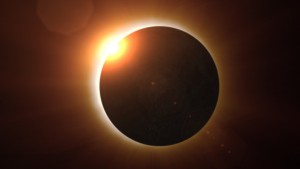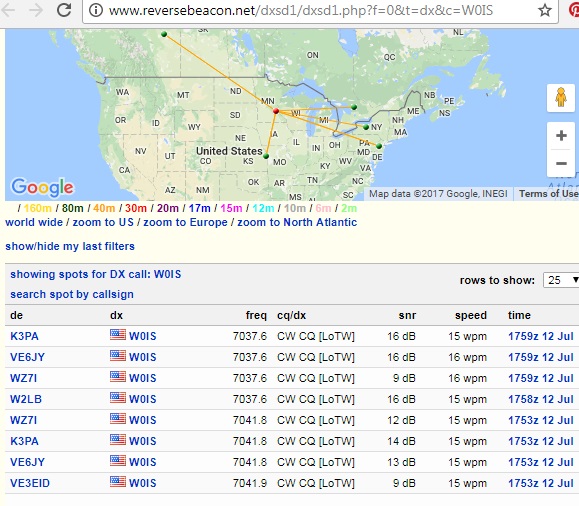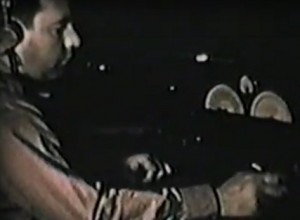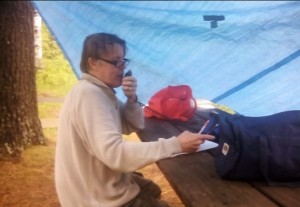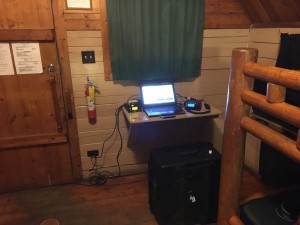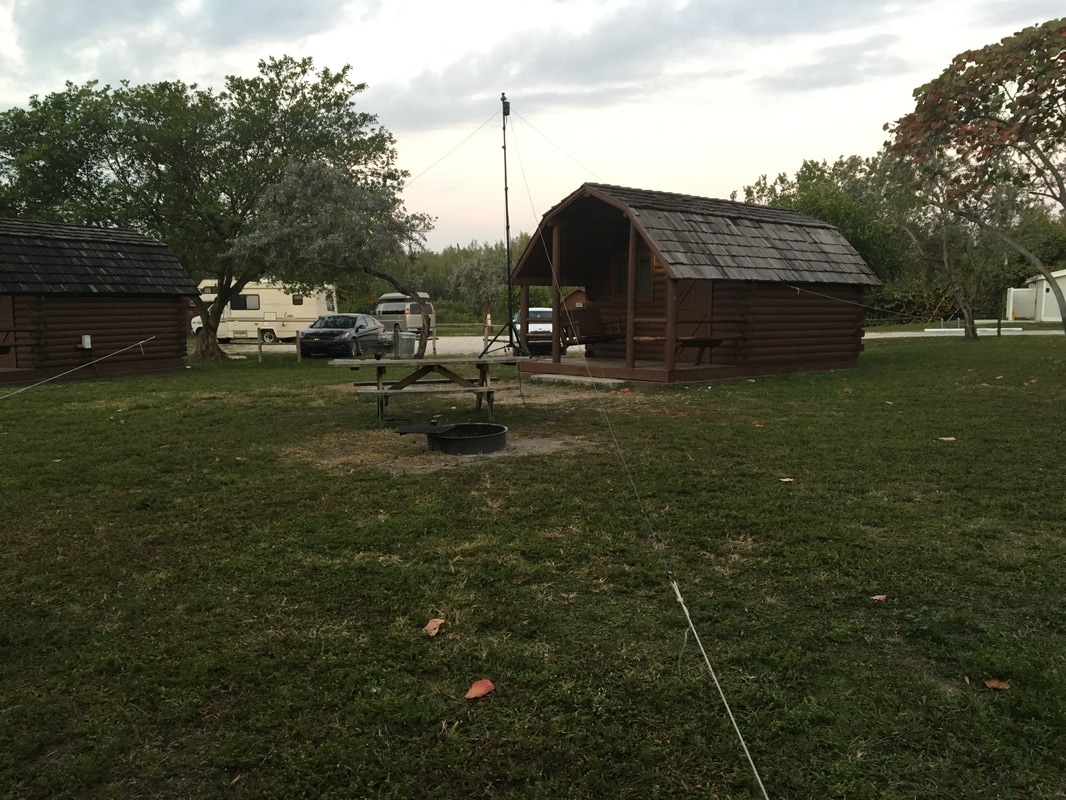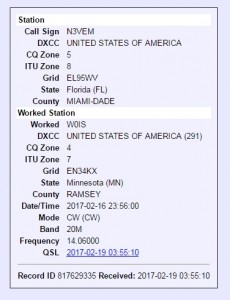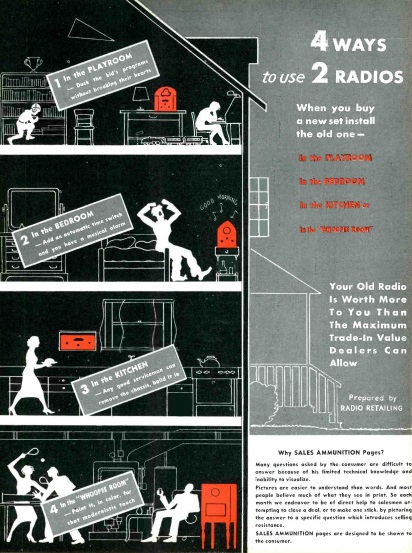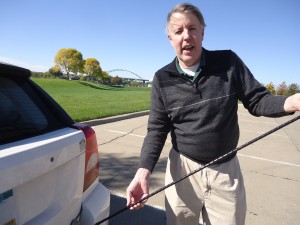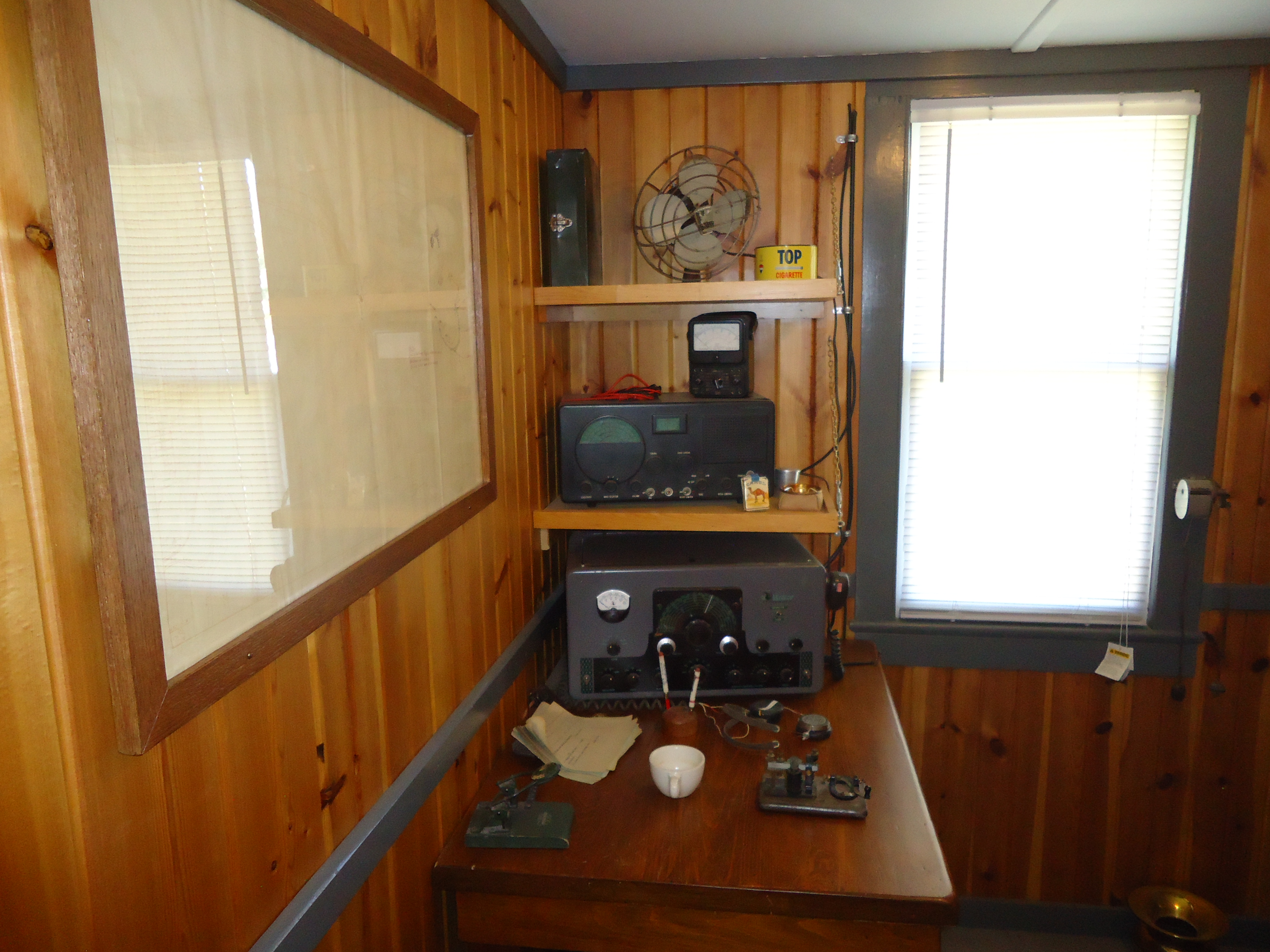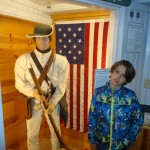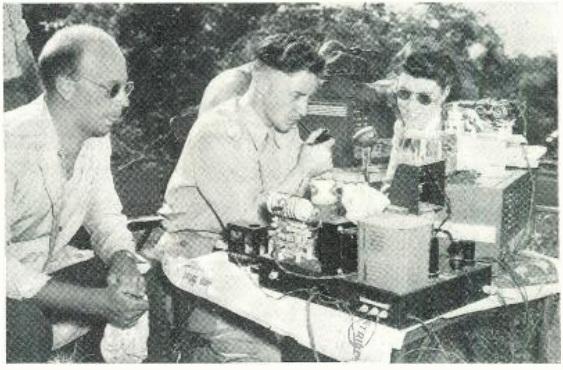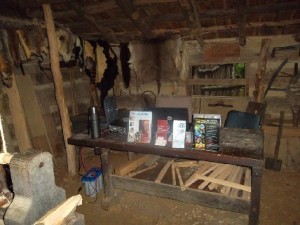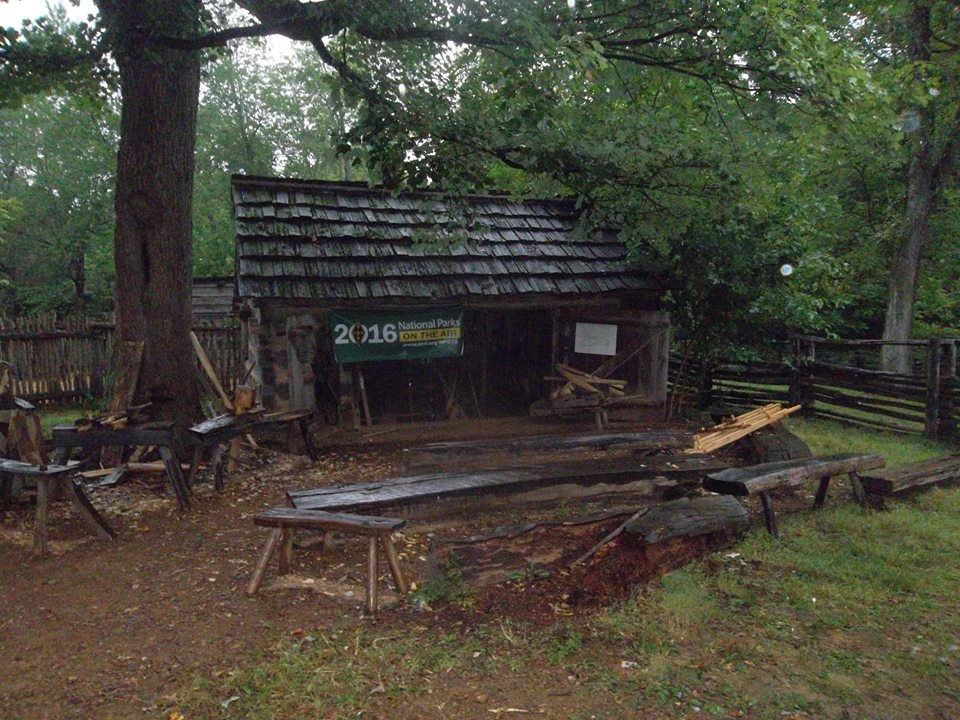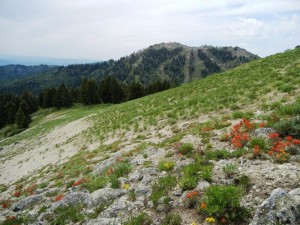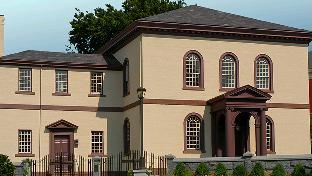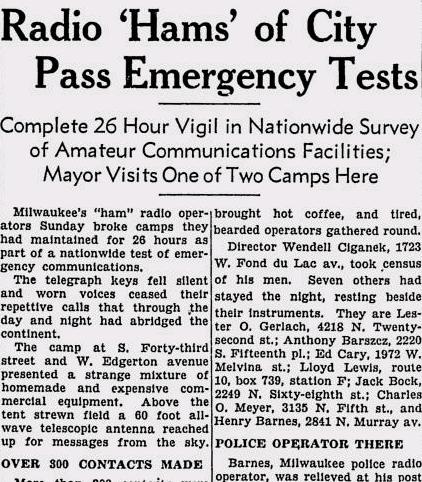Solar Eclipses & Radio Propagation
If you’ve ever tuned the AM radio dial at night, you know that the sun has an effect on radio propagation. At night, you can hear stations from hundreds of miles away, even though those stations can’t be heard during the daylight hours. This is because the signals are either absorbed by or reflected by various layers of the ionosphere, and these layers behave differently in the presence of sunlight.
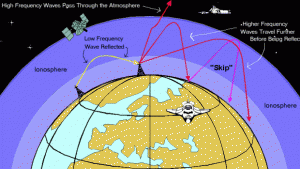
Radio propagation through the ionosphere. NOAA image.
In general, lower frequencies (such as the AM broadcast band) work better for long distances at night, and higher frequencies work better during the daylight hours. Observations made during other eclipses show that the brief period of “night” during totality does have an effect on the ionosphere, and this has an observable effect on radio propagation.
This eclipse will allow for the collection of a huge amount of data, and it is likely that this will contribute to a greater understanding of the ionosphere. This is because there are now automatic data collection tools such as the Reverse Beacon Network (RBN).
The Reverse Beacon Network is a collection of radio receivers operated by amateur radio operators all over the world. They are constantly monitoring large portions of the radio spectrum and “skimming” the signals. Other networks listen for different transmission modes, but the Reverse Beacon Network is constantly listening for CW (continuous wave, or Morse Code) transmissions. Whenever it hears “CQ” (a general call) or “TEST” (a test transmission), it records the call sign of the sending station. The network stores this data for later download, and also makes it immediately available for display on the internet.
The image above is a screenshot from the Reverse Beacon Network taken today. I sent a transmission in Morse Code consisting merely of the words “TEST DE W0IS.” That transmission was picked up by several of the skimmers in the network, and the information was almost immediately displayed on the internet.
As you can see, my signals were picked up by skimmers in Alberta, Ontario, Pennsylvania, New York, and Kansas. The numbers on the chart (snr, signal to noise ratio) show my signal strength at each location.
Radio propagation is sometimes more of an art than a science, and it’s somewhat surprising that my signal was heard at these distances at the time of day I did the test, about noon local time. The pattern shown here is more typical for later in the afternoon for the frequency I was using (7 MHz). Typically, at midday, I would expect to see more hits within about 400 miles, and fewer at the distances shown here.
But on the day of the eclipse, comparing the reports throughout the day should show what effect the eclipse is having on radio propagation. I expect that before totality, the propagation toward the west coast will be enhanced, as areas starting in Oregon experience “nighttime.” After totality, I expect propagation to be enhanced toward the east as the path of totality moves toward South Carolina.
While I might change my plans, I think I’ll concentrate on 40 meters (7 MHz) during the eclipse. Lower frequencies such as 160 meters (1.8 MHz) or 80 meters (3.5 MHz) will have more dramatic effects, but the necessary antennas are much longer. Since I’ll probably be viewing the eclipse from a fixed location, I should be able to set up a full-sized dipole for 40 meters (66 feet of wire, fed in the middle) without too much difficulty. If we need to move quickly and use a mobile antenna on the car, then I’ll probably switch to 30 meters (10 MHz), since the mobile antenna starts to be more efficient at higher frequencies, but 10 MHz is probably still low enough to see some eclipse effects.
You’ll be able to monitor my signals yourself in real time by following this link, which shows the most recent times my signal has been picked up. On the day of the eclipse, I expect the map to show reception on the west coast in the morning, moving toward the east coast in the afternoon. (Since RBN won’t have any way of knowing that I’m not at my home location, the graphic display will incorrectly show my signal as originating from Minnesota, even though I will be in Nebraska. When the data is analyzed later, it will show my location correctly.)
The data I generate will be part of a larger project, the HamSCI 2017 Eclipse Experiment. After the eclipse, data will be collected and analyzed by researchers such as those at Virginia Tech.
How Hams Can Participate in Eclipse Science
To increase the amount of radio signals to analyze, a contest named the Solar Eclipse QSO Party is scheduled to take place on August 21 from 1400-2200 UTC (9:00 AM to 5:00 PM Central Daylight Time). Participants in this contest will submit their logs, and data will also be skimmed automatically by networks such as RBN. If you are an amateur radio operator, I encourage you to participate in this event. Even if you are not near the path of totality, it is likely that radio propagation will be affected for thousands of miles.
How Anyone Can Participate
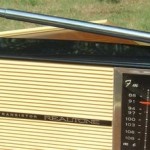 If you are not licensed, but you own a normal AM radio, you can also participate and collect valuable ionospheric data. As noted above, AM signals propagate much greater distances at night, and the eclipse will have an effect. Some night before the eclipse, tune through the dial and note which distant stations you are able to pull in. Write down the call letters, frequencies, and locations of the stations.
If you are not licensed, but you own a normal AM radio, you can also participate and collect valuable ionospheric data. As noted above, AM signals propagate much greater distances at night, and the eclipse will have an effect. Some night before the eclipse, tune through the dial and note which distant stations you are able to pull in. Write down the call letters, frequencies, and locations of the stations.
If you need help identifying the stations, the easiest way is often to wait to hear the call letters of the station and Google the call letters to find the location. Or if you missed the call letters but heard the name of the city, try Googling the frequency and city. For example, a search for “780 AM Chicago” will confirm that you’re tuned in to WBBM. You can also search the official FCC database, either by frequency or call letters, at this link. Also, this listing at the FCC website shows the strongest AM stations at most spots on the dial.
During the daylight hours, but before the eclipse, tune to those spots on the dial again to ensure that you can’t pick them up. Also, some frequencies might have stronger local stations on during the day, which might cover up the weaker more distant signals. It will be best to concentrate on frequencies where you hear nothing during the day, although the distant signals could very well overpower a closer station.
On the day of the eclipse, tune to those same spots on the dial and see if you can hear the stations. You will probably find that they come up out of the noise when the path of totality passes over the station, or when the total eclipse is on a straight line between you and the station.
For example, I would expect that when St. Louis sees totality, KMOX (1120) will be booming in for hundreds of miles. Similarly, when the total eclipse makes it to Nashville, then WSM (650) will be heard in most of the eastern United States.
Also, listen for some stations on the other side of the path of totality. For example, when the eclipse is over Missouri, I would expect that listeners in Oklahoma and Texas might be able to hear stations such as WCCO (830) in Minneapolis or WHO (1040) in Des Moines.
Before the eclipse, identify some stations, both close to the path of totality, and on the other side of that line. Find stations that you can normally pick up at night, but not during the day, and then listen for those stations to come up out of the noise as the eclipse shadow moves into an optimum spot.
For most people, the best radio to use will be your car radio. Most car radios have good AM tuners, and they usually have the advantage of having a digital display so that you can tune to exactly the right spot on the dial.
For more information on this experiment and how you can participate and submit your observations, see this article at Sky & Telescope magazine. A good starting point for learning about tuning in distant stations on the AM dial can be found at Wikipedia.
If you don’t want to be tethered to your car radio, another alternative is to buy a radio similar to the ones shown below. These radios, even though inexpensive, will provide good AM reception with a digital read out that will allow you to quickly tune various stations. Some of them also have shortwave, which will allow you to do more elaborate observations, as explained at the Sky & Telescope article.
(In addition to radio experiments, it’s important to have a portable radio if you want to receive weather and traffic information during the eclipse. Due to the large number of people traveling to the path of totality, it’s quite possible that cellular and data networks will become overloaded in many areas. Having a radio with you will allow you to learn where the breaks in the clouds are, even if your smart phone is without a signal.)
Radio propagation has been studied during most eclipses in the 20th century. For example, during the 1945 Victory Eclipse, research was done by researchers in recently liberated Norway, and German installations were even quickly re-purposed to do this research. Because of the huge amount of data that will be collected, thanks to technologies such as RBN, this eclipse promises to add to the understanding of the ionosphere, and it’s quite possible for citizen scientists such as you and me to contribute.
For more information on the eclipse, see my earlier posts.

